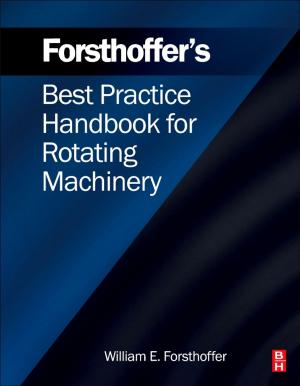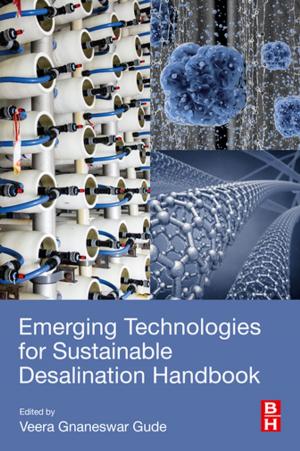Improving the Safety of Fresh Meat
Nonfiction, Science & Nature, Technology, Food Industry & Science| Author: | ISBN: | 9781845691028 | |
| Publisher: | Elsevier Science | Publication: | July 30, 2005 |
| Imprint: | Woodhead Publishing | Language: | English |
| Author: | |
| ISBN: | 9781845691028 |
| Publisher: | Elsevier Science |
| Publication: | July 30, 2005 |
| Imprint: | Woodhead Publishing |
| Language: | English |
The safety of fresh meat continues to be a major concern for consumers. As a result, there has been a wealth of research on identifying and controlling hazards at all stages in the supply chain. Improving the safety of fresh meat reviews this research and its implications for the meat industry.
Part one discusses identifying and managing hazards on the farm. There are chapters on the prevalence and detection of pathogens, chemical and other contaminants. A number of chapters discuss ways of controlling such hazards in the farm environment. The second part of the book reviews the identification and control of hazards during and after slaughter. There are chapters both on contamination risks and how they can best be managed. The range of decontamination techniques available to meat processors as well as such areas as packaging and storage are examined.
With its distinguished editor and international team of contributors, Improving the safety of fresh meat is a standard reference for the meat industry.
- Learn how to identify and control hazards at all stages in the supply chain
- An authoritative reference on reducing microbial and other hazards in raw and fresh red meat
- Understand the necessity for effective intervention at each production process
The safety of fresh meat continues to be a major concern for consumers. As a result, there has been a wealth of research on identifying and controlling hazards at all stages in the supply chain. Improving the safety of fresh meat reviews this research and its implications for the meat industry.
Part one discusses identifying and managing hazards on the farm. There are chapters on the prevalence and detection of pathogens, chemical and other contaminants. A number of chapters discuss ways of controlling such hazards in the farm environment. The second part of the book reviews the identification and control of hazards during and after slaughter. There are chapters both on contamination risks and how they can best be managed. The range of decontamination techniques available to meat processors as well as such areas as packaging and storage are examined.
With its distinguished editor and international team of contributors, Improving the safety of fresh meat is a standard reference for the meat industry.
- Learn how to identify and control hazards at all stages in the supply chain
- An authoritative reference on reducing microbial and other hazards in raw and fresh red meat
- Understand the necessity for effective intervention at each production process















